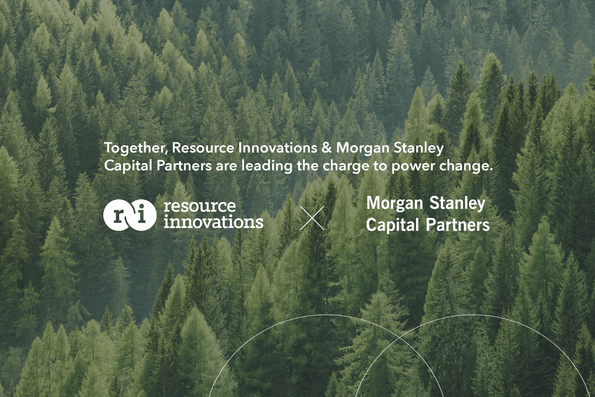Featured Insight: April 2, 2024
Morgan Stanley Capital Partners Acquires Resource Innovations
Morgan Stanley Capital Partners acquires Resource Innovations, aiming to drive growth and innovation in the clean energy transition.

Explore Our Energy Transition Insights
Curious about the clean energy transition? Dive deep with Resource Innovations' experts to learn how we're shaping a sustainable and equitable future.
Filter Content
Loading…





